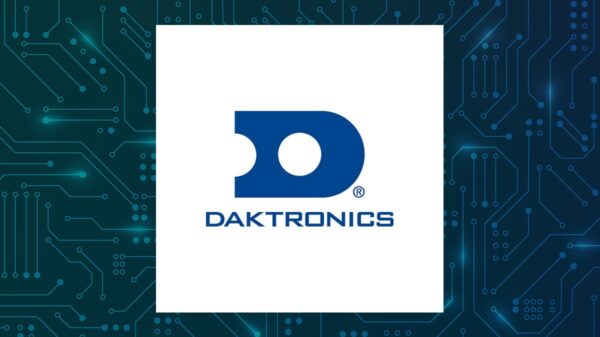UPDATE: Ripple is making a bold move on the global stage, launching its RLUSD stablecoin while the U.S. Federal Reserve transitions to the ISO 20022 messaging standard. This significant shift, officially effective as of July 14, 2025, positions Ripple for major market share gains and infrastructure enhancements.
The transition to ISO 20022 is a game changer for the U.S. financial landscape, standardizing data structures for trillions of dollars in daily interbank transfers. This upgrade means improved efficiency and fewer errors for cross-border payments, validating Ripple’s years of investment in compliance. RippleNet is already fully compliant, making it an ideal technology partner for financial institutions navigating this new landscape.
As a part of its European expansion strategy, Ripple is also set to launch its RLUSD stablecoin in compliance with the EU’s Markets in Crypto-Assets (MiCA) regulation. The company has established a strategic hub in Luxembourg, securing a licensed Electronic Money Institution (EMI) that grants access to all 30 European Economic Area countries. This move not only underscores Ripple’s commitment to compliance but also enhances its operational capabilities across Europe.
Ripple’s choice of Luxembourg is strategic, leveraging the nation’s status as a premier financial hub. It is home to major banking institutions, including BNY Mellon, which Ripple has chosen as the primary custodian for its RLUSD reserves. This setup is crucial for adhering to MiCA’s stringent reserve requirements, allowing Ripple to efficiently manage diversification rules across multiple banks.
The market is reacting positively to these developments. Ripple’s price surged past $3 following news of the Fedwire transition, indicating strong institutional interest. Although the price has since stabilized around $2.87, the momentum suggests increased accumulation by investors.
Simultaneously, Ripple is navigating a fragmented regulatory environment in the U.S. The GENIUS Act, aimed at establishing a comprehensive regulatory framework for stablecoins, is currently under consideration in the U.S. House of Representatives. This legislation, if passed, could provide the clarity Ripple needs to expand its RLUSD operations domestically.
The GENIUS Act, designated as S. 1582, passed the Senate on June 17, 2025. Its passage in the House is highly anticipated, with the week of July 14-18, 2025 dubbed “Crypto Week” to focus on digital asset legislation. Should it gain approval, the bill will move to the President for final approval, marking a potential turning point for U.S. cryptocurrency regulations.
Ripple’s dual strategy reflects a coherent global approach, focusing on integration rather than disruption of existing financial systems. By capitalizing on the Fed’s upgrade and the EU’s regulatory clarity, Ripple is positioning itself not just as a player, but as a leader in the evolving landscape of digital finance.
As these developments unfold, Ripple is expected to further solidify its market presence while navigating both U.S. and European regulations. This is a critical moment for Ripple and the broader cryptocurrency market, and stakeholders are urged to stay tuned for further updates.
The implications of these moves could reshape the future of digital payments, making it imperative for investors and institutions alike to consider the evolving landscape.





































































